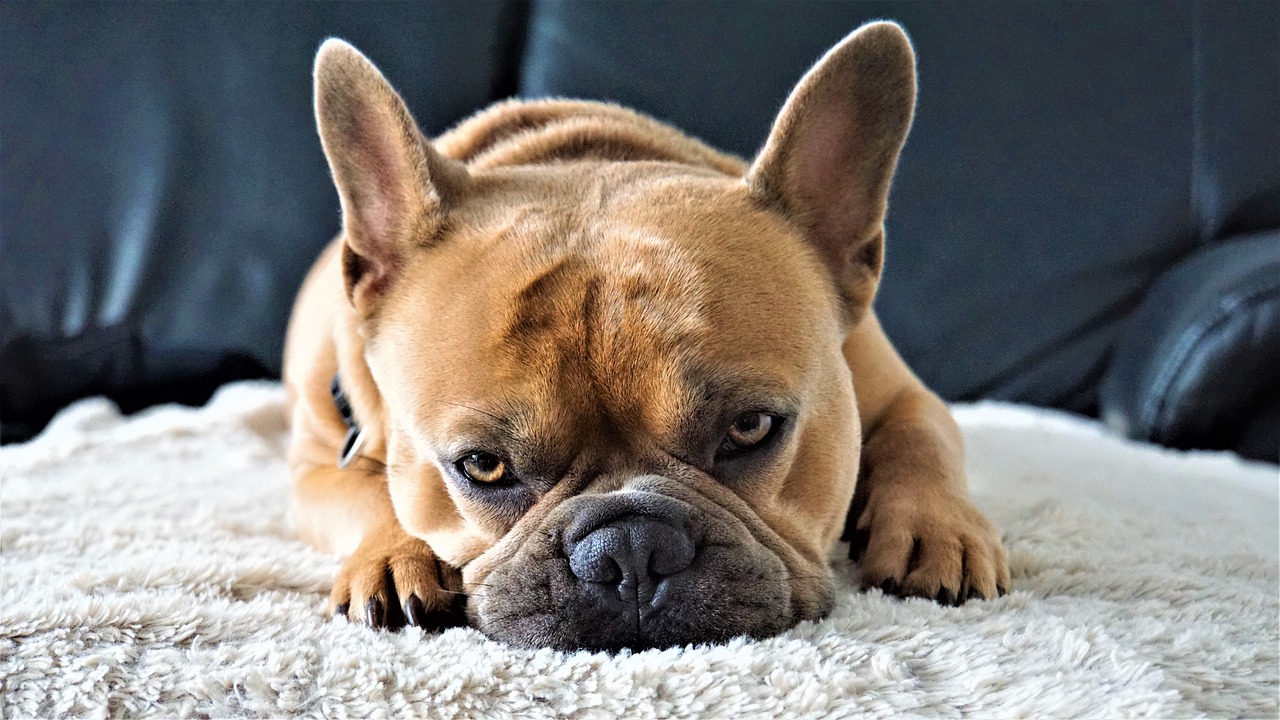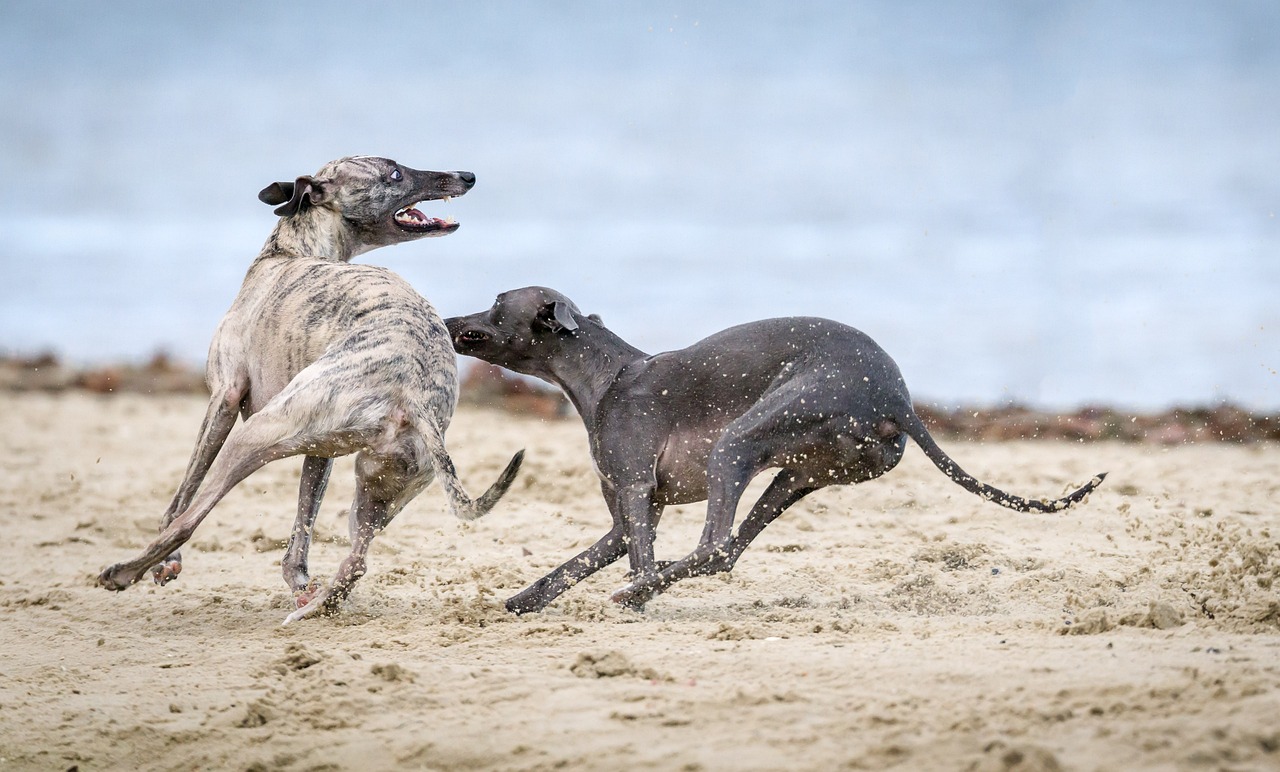
A significant portion of the puppy’s early training must be learning to use their teeth. Biting and mouthing are normal behaviors of puppies, but it’s crucial for dogs to be taught to use their mouths in a manner that is gentle.
Most people, when they feel the sensation of those sharp needle-like puppy teeth squeezing into our Our first reaction will be to redirect their behavior. Don’t! Before you can teach your puppy to not bite it, you need to instruct your puppy that if the time comes to bite it must bite gently, without pressure. This is known as bit inhibition and is a vital and integral part of your training program for socialization with your pup. It’s not difficult to learn, however, it requires commitment and dedication from the pet’s owner. It is vital to train your dog and be worthwhile as it will stop dogs from biting too much.
What Is Bite Inhibition?
The bite inhibition method is a calming method for dogs that teaches them to bite without applying pressure, which drastically reduces the possibility of a hazardous bite. While it doesn’t entirely eliminate biting, it can allow biting to be taught without causing damage.
Why Teach Bite Inhibition?
Every dog has the potential to bite. It is essential that pet owners take the time to educate their dogs so they don’t get bitten by dogs. It’s still a good idea to prepare to be prepared for what could happen. If your puppy develops into an adult dog and is able to bite someone and then bite someone else, you shouldn’t allow your dog to be put under pressure. Training a puppy to be bite-resistant can be what the distinction is between a small bit from your dog or an injury that takes an injured person to the emergency room. It is also crucial for interactions between dogs as dogs who play well together employ bite inhibition to keep an appropriate level of play. Dogs that aren’t familiar with this behavior may be too aggressive in their space, resulting in dog fights, or other unpleasant interactions.
Teaching Softer Bites
The first step to teaching bite inhibition is to train your puppy to use its mouth in a manner that is gentle. If your puppy was permitted to remain with the litter until eight weeks old or more then the puppies’ siblings will have already begun this process. If a puppy bites its littermate the puppy normally will yell or stop playing. This alerts the pup that it bit difficult.
If you play alongside your dog, you are able to be like the littermates (even when they’re not around). You can let your dog bite a bit in the event that it’s not causing any harm to you. If your puppy bites just slightly too hard, you can say “ouch” in a firm voice. If the puppy continues to bite, you should use the word “ouch” and then get up and stop playing for a short period of time. Your puppy will soon learn to apply its mouth gently when it wants to play with you to keep playing. The puppy will learn to make use of its mouth gently through consistent, repetitive training.
Begin Cutting Back on Biting

If your puppy is using its mouth in a manner that is gentle and gentle, it’s time to begin reducing the frequency your dog is allowed to nip or bite in play. Be aware that the cute puppy right in front of your face is likely to become an adult in the blink of an eye before you realize it. You, along with your friends and family members don’t have your puppy using your mouth as a chew toy.
Begin by teaching your dog to obey the “leave it” command. You can place some snacks in your palm then make your dog obey the command, and then wait until it eases up just a bit. Give it a rousing smack when it stops and then give it treats. In the beginning, there might just be a few moments when your dog is calm and still and not seeking out the treat, which is why you must act swiftly to reward peaceful behavior. Do this over numerous lessons until your dog responds to the command each time, and you can gradually extend the period between the command and receiving the reward. Then, you can begin offering your dog the “leave it” command any moment it starts to talk to your hands. By doing this you can gradually eliminate the mouthing behavior completely or, at the very least, limit the time when you start the behavior in playtime. Now you should have a dog that does not ever use its mouth when it is not being invited to play and when it is necessary to make use of its mouth, it’s performed very gently. The puppies learn through repetition and consistent communication. This is crucial, or else training and bite inhibition exercises won’t succeed.
Redirect
In the instances when your puppy is having a good time and you’d like to divert the energy (and the potential for bites and play) off of the puppy (or the children) Make sure you have plenty of toys available around the home. If your puppy begins to chew at your or other household items which aren’t allowed, reward it with a toy to encourage it to play with the toy instead. This is a great way to give your puppy some time to play and learn the appropriate way to behave. If you have children at home, be sure to be aware of the toys your puppy has and stuffed animals that are loved by many. For puppies, all appear identical.
Problems and Proofing Behavior
An error that is common is to stop the biting behavior by punishing the puppy. Although this can be an immediate, temporary fix, it’s not the solution. The punishment doesn’t teach the dog to stop biting. If and when where your dog (or dog) bites and bite, they’ll probably do it harder than the restrained bite you wanted for them.
Be sure that you (and your family members) are familiar with the style of training and how to use it. Practice bite inhibition in different scenarios and reinforce it regularly.